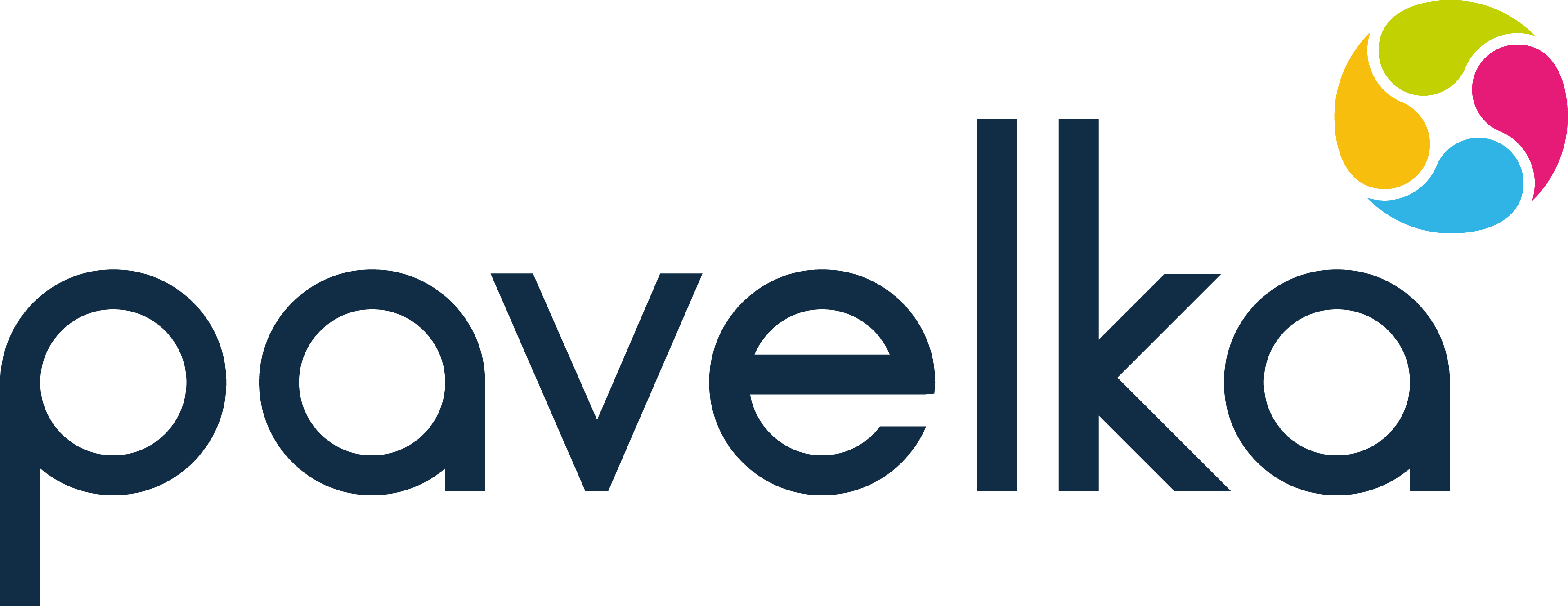There’s often talk on ‘how to get leadership buy-in to your wellbeing initiative?’.
Even solely looking at productivity – let alone doing the right thing of taking care of your people – wellbeing is what makes a workplace happy, connected and productive.
An organisation often leads with a vision and purpose as part of this aim for connectivity and mission-statement-stickiness with its people and teams.
- But beneath that, what’s the ‘subculture’?
- What’s the real day to day experience?
- What is done so that the people feel good about what the organisation is trying to do?
It’s that feeling that positively pushes and drives each individual to show up, to give their best efforts, not only in their list of tasks but the way they are in the whole work experience.
Fostering a profound connection between employees and your organization’s vision and purpose is the cornerstone of success.
So, how do you achieve this? Here are some conveniently separated pointers!
- What moments are created to illuminate the vision?
To begin, it’s essential to grasp what ‘vision’ and ‘purpose’ mean in your organization.
Vision is your compass, pointing towards a future goal. Purpose is the ‘why’ behind what you do, the driving force that gives work meaning beyond KPIs and a transactional work-pay relationship.
Action Moment: Schedule Vision Workshops. Invite your team members to brainstorm and contribute to the organization’s vision. Provide a platform where their ideas can shape the future. When they see their input reflected in the vision, it becomes deeply personal.
If and when a person can directly see that their idea or suggestion was incorporated into something bigger, it promotes the feeling of individual values being aligned with the company’s vision, creating a powerful connection.
- When/how/where is the organisation mission/vision/purpose talked about?
Is it on the website/brochure or in the lobby?
When are real-life stories told that explain why it is what is is?
A workforce aligned with your mission is not only more engaged but also more likely to deliver exceptional results. It’s the difference between a job and a calling.
Action Moment: Do Leaders talk about their own belief or commitment to the organization’s purpose. Do they share stories of how the vision has inspired them personally.
Has the CEO shared a story of how the organization’s vision led to a challenging but ethical decision or another moment? This transparency shows dedication to the purpose.
3. Where does personal development come in?
Consistent communication is a good thing.
Share progress, milestones, and achievements towards the organization’s vision. Celebrate successes together, reinforcing the sense of being part of something bigger.
Action Moments: Regular Check-Ins. Conduct one-on-one meetings to discuss alignment with the vision and personal development offered by the organisation.
Are there Recognition Programs? Something in place that rewards and celebrates those who embody the organization’s purpose.
4. Do you connect people together away from their team?
Are there cross-team, cross-cultural, cross-age-demographic connections?
How are people learning from each other?
Action Moment: Mentorship Programs. Establish mentorship programs where seasoned employees guide newer team members on how their roles fit into the bigger picture. Mentors can share their experiences, emphasizing the organization’s vision.
Every role, no matter how seemingly small, plays a part in the grander scheme. When people feel valued for their voice and for their sharing, they feel committed.
ng the organization’s commitment to exceptional service. This showcased the impact of individual contributions.
5. How do you reframe resilience?
Be prepared for resistance or moments of doubt. Challenges are part of any journey. Leadership’s role is to inspire resilience – the feeling of a collective able to pivot and adapt – and reiterate the significance of the organization’s vision.
Action Moment: Address Challenges Transparently. When facing obstacles, openly discuss them with the team and emphasize how they are opportunities for growth. Rather than paint resilience as something each individual must have, reframe the topic as being relevant to the vision and purpose and bring in ways that the organisation as a whole will honestly and openly adjust.
We’re Your Wellbeing Team
By defining vision and purpose, understanding their importance, embracing your role as a leader, promoting open communication, highlighting individual contributions, and taking practical steps, you pave the way for a more inspired, dedicated, and engaged team.
Ready to embark on this purpose-driven journey? Let’s create a workplace where everyone is connected to the organization’s vision and inspired to contribute their best.
